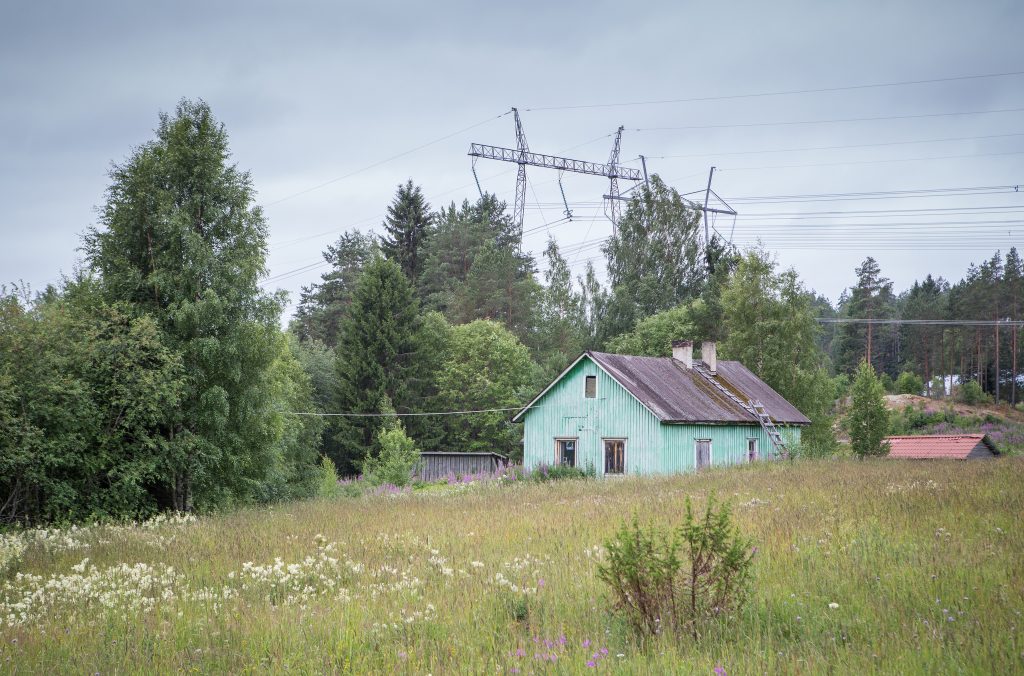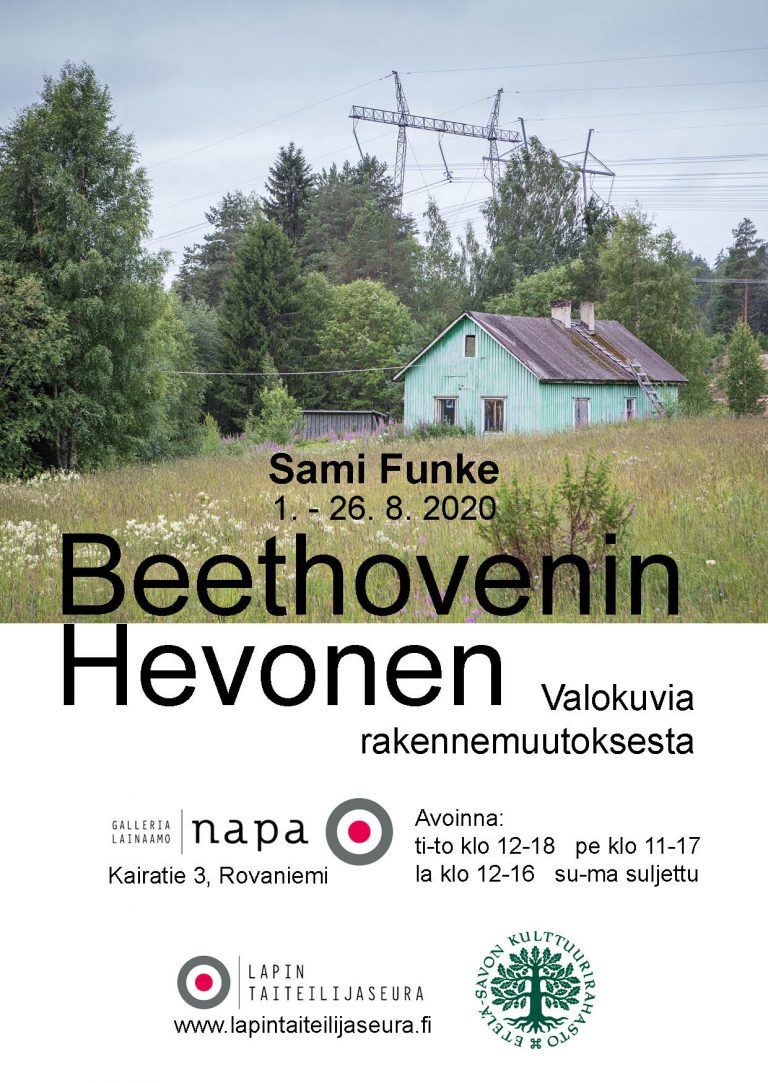
The name of the series comes from a story, according to which Beethoven wanted a horse. He admired the magnificent animal but forgot to feed it and the horse died.
Beethoven’s Horse is a metaphor for the structural changes in sparsely populated areas of Finland. Old and abandoned buildings were once magnificent and necessary, but now they have withered and died. No longer useful, ruins with boarded windows are left behind. Each building has its own story and often, it has already been forgotten.
“Documentary style photography is part of my artistic expression. I want my images to have cultural and historical significance. The photographs tell us about the transformation of settlements and industry, the culture of consumption and our own current values. They have been taken in different parts of Finland. Some of the places I have photographed have already been dismantled, but the change and their transition lives on in the memory of the photograph. A piece of the structural transformation has been frozen in time.”
Veikko Halmetoja is a curator and art critic. In 2017, he wrote about the series Beethoven’s Horse in my exhibition catalogue Searching (Etsimässä).
“At first glance, it is easy to think that Sami Funke is a realistic documentary photographer, in whose images the surrounding environment is center stage. However, when you spend more time with the works, slowly more and more symbolic traits begin to appear. It is not farfetched to consider them within the context of Romantic Era painting.
In this series of abandoned buildings, the buildings are solid individuals and beautiful in their ruin. Through them, the structural changes in the countryside and sparsely populated areas are realised. In fine art, Romanticism is not a cohesive style, it is a question of attitude and subject matter. A certain type of emotional expression and a spiritual connection with nature are characteristic of Romanticism. …Funke’s photographs are infused with many similar meanings. Images of barn buildings reclaimed by nature, with collapsed roofs and roads covered by vegetation; evoke the fleeting nature of everything, the momentary existence of humans and the dominion of nature.”


